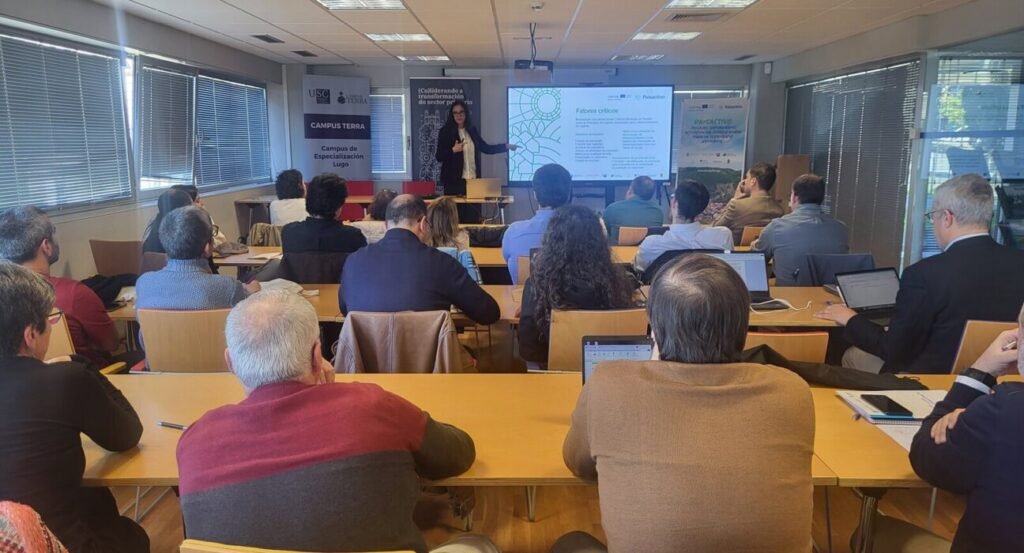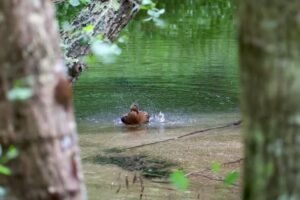Campus Terra, the University of Santiago de Compostela’s centre in the Galician city of Lugo, hosted a technical meeting as part of the PAISACTIVO cross-border project, called ‘Good Practices in Active Rural Area Management’.
This project, aimed at sustainable land management and reducing the risk of fires, will include two pilot projects, one in the village of Almofrela, in Baião, and the other in the Galician village of Infesta.
The project’s Galician partners were present, namely technicians from the Galician Rural Development Agency and academics from the Juana de Vega Foundation and the University of Santiago de Compostela, as well as two technicians representing the Municipality of Baião, Ester Silva, Head of the Public Policy Team at CIM-Tâmega e Sousa and Telmo Pinto, First Secretary of this supra-municipal organisation.
The opening session was given by David Miranda, Professor in the Department of Agroforestry Engineering at the University of Santiago de Compostela, followed by a lecture given by José Alberto Rio Fernandes, Professor at the Faculty of Arts and Humanities of Porto, who looked at ‘Villages with a Future’ as a tool to support political decision-making in mountain villages.
Jorge Manuel Blanco, Deputy Director of International and Intelligent Rural Promotion at the Galician Rural Development Agency, gave a presentation on the project itself, mainly with regard to problems such as the progressive abandonment of rural areas and the increase in large-scale fires, as well as the causes that give rise to these factors, the processes that these academics are investigating and the opportunities that will allow them to be mitigated.
It should be noted that the main focus of this explanation was always the parallels between northern Portugal and Galicia.
Ester Silva, representing the CIM-Tâmega e Sousa, presented the model of the village of Quintandona, located in the parish of Lagares, in the municipality of Penafiel, which began to be refurbished at the beginning of the century and whose recovery represents a reference model for other villages with this potential, where certain aspects already tested in this town in Penafiel can be replicated.
Before the redevelopment, Quintandona was depopulated and abandoned. Today it has 90 inhabitants with an average age of 25.
The model village of Moreda, located in the province of Lugo, was also presented as a benchmark in this respect, particularly in terms of its characteristics, which were considered special by Ines Santé, Professor in the Department of Agroforestry Engineering at the University of Santiago de Compostela and a scholar of this phenomenon.
Ostana, a small Italian town located in the Western Alps in the Piedmont region, 100 kilometres from Turin, suffered a severe depopulation process, going from 1,200 inhabitants in 1921 to 5 in 1985.
In order to reverse the situation, based on the motivation of a visionary local administration and public-private co-operation, an innovative repopulation process was activated, so that today Ostana has 80 year-round inhabitants and around 500 tourists during the summer.
The success story of this Alpine village was presented by Francisco García, Rural Development Technician at the Juana de Veja Foundation, an organisation that promotes knowledge, conservation and development of Galicia’s countryside.
Quico Onega, a researcher at the Territory Laboratory at the University of Santiago de Compostela, presented the PAISACTIVO cross-border project’s Manual of Good Practices, which reflects the learning gained from the contact between the Portuguese and Galician partners and the respective exchange of experiences, based on constant dialogue between them, in order to maximise synergies and aspects that come together in both territories.
Success stories and good practices to be adopted were the topics covered by José Manuel Rocha, a PhD student in Geography at the Faculty of Arts and Humanities of Porto, more specifically ways of mitigating and preventing rural fires or the valorisation of tangible and intangible cultural heritage, among other subjects.
The session ended with a debate between the participants, moderated by Inés Santé, followed by a technical meeting between the partners, where they discussed the different aspects considered fundamental to the project’s implementation.


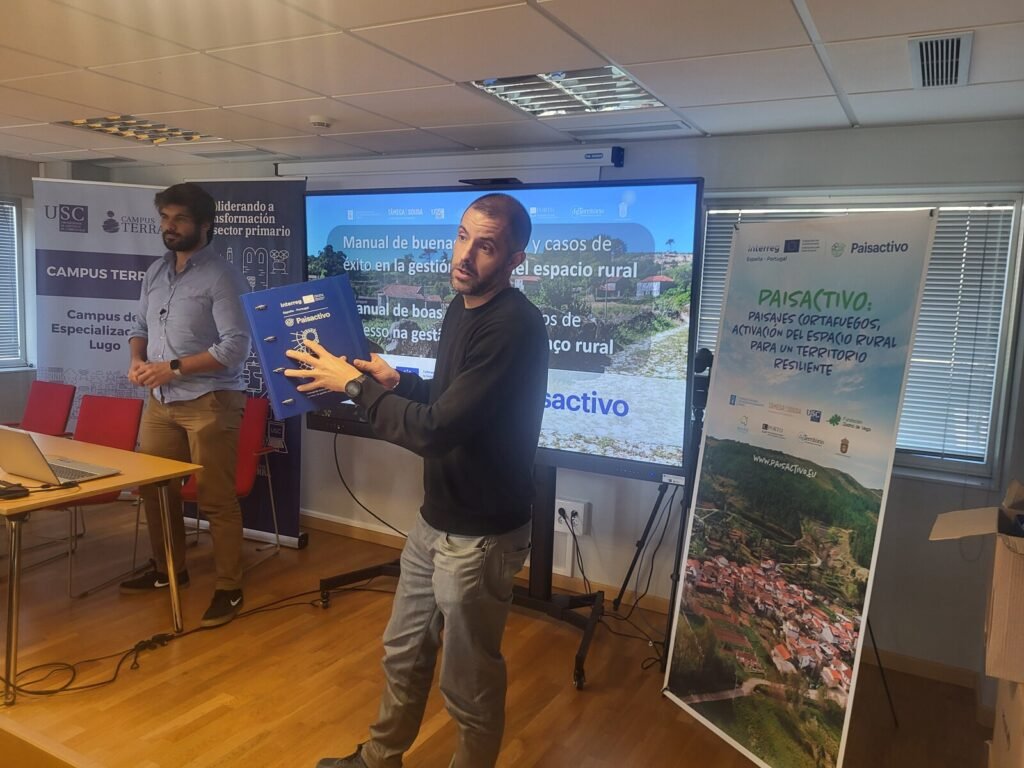
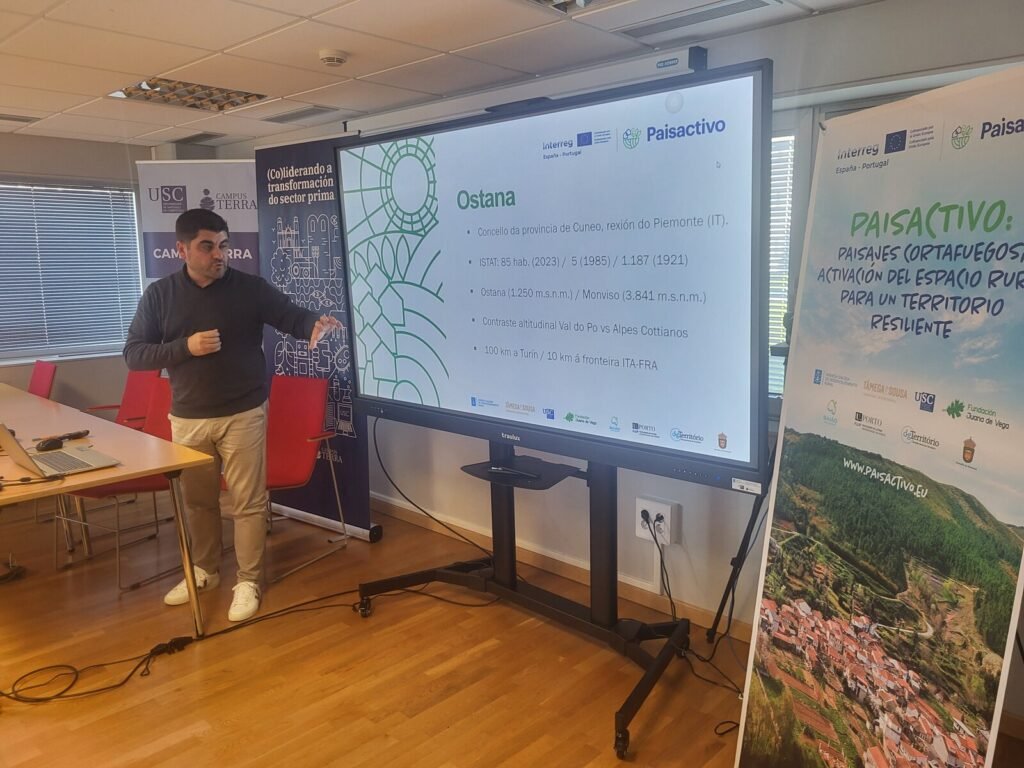
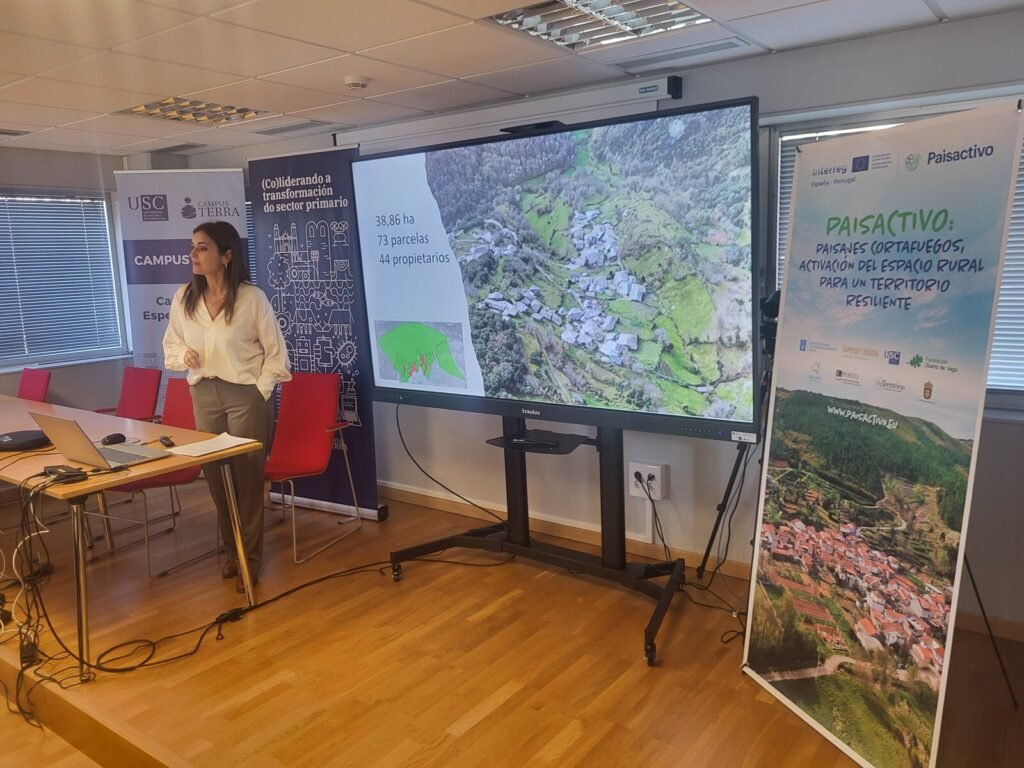
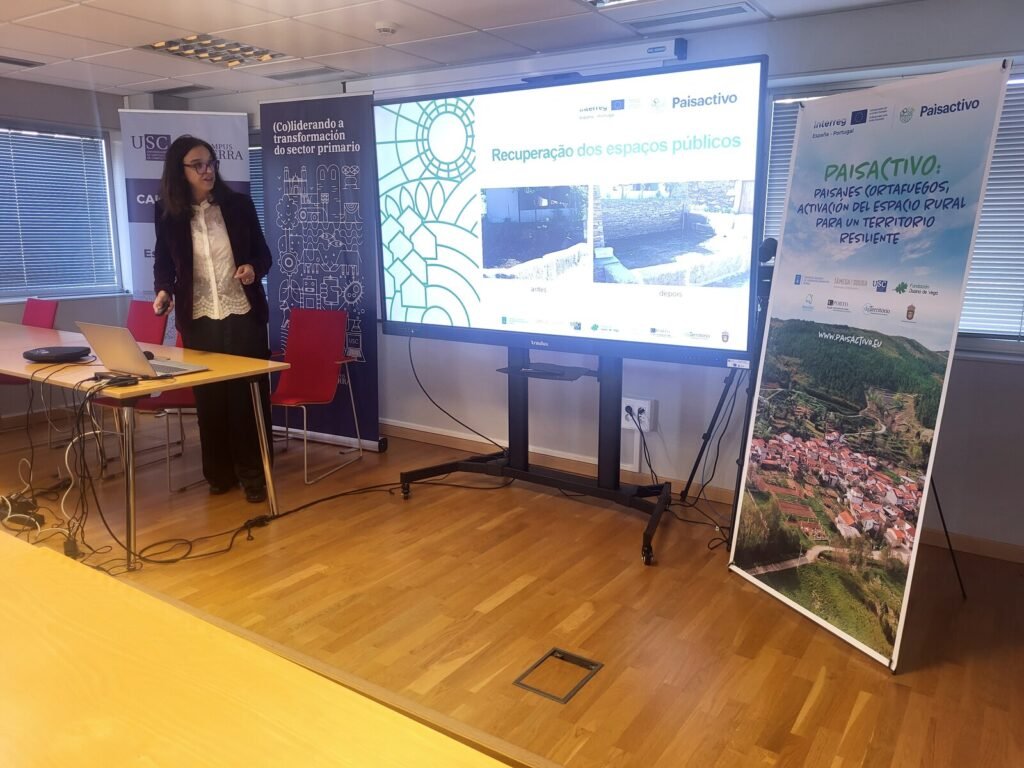
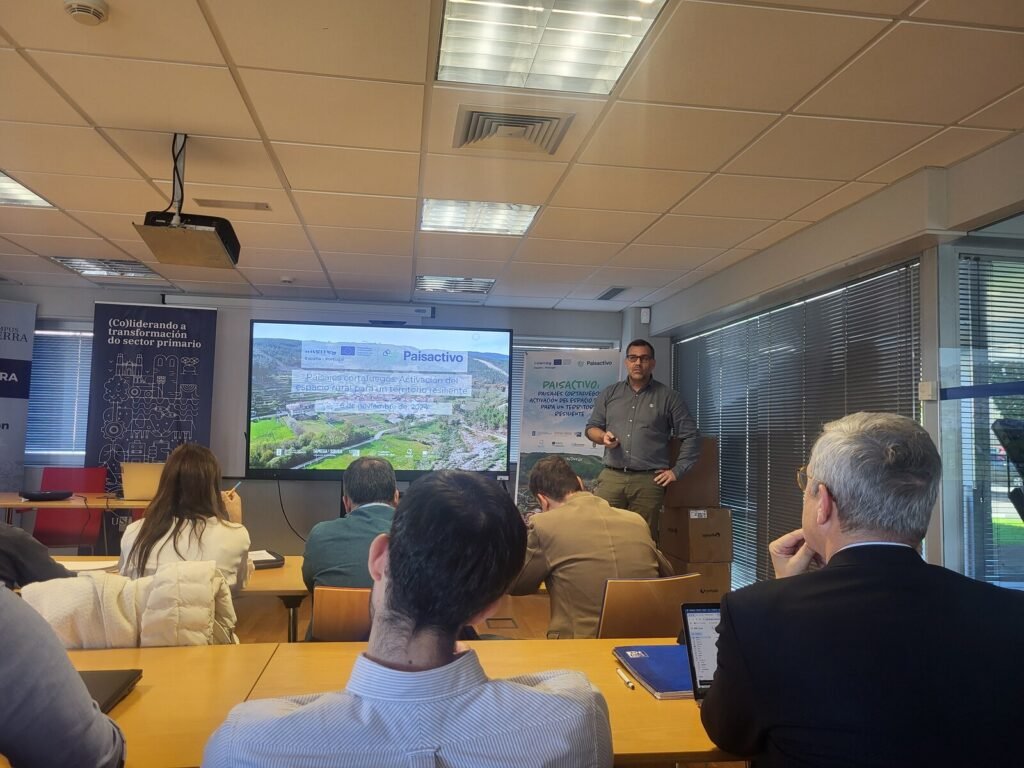

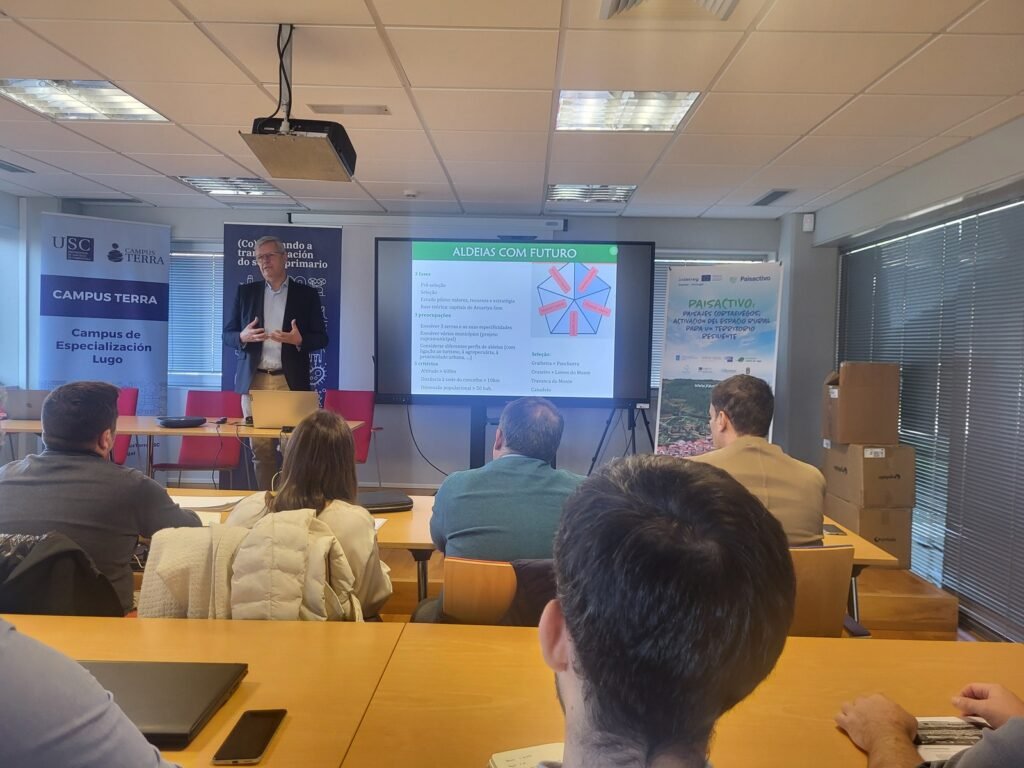
ALMOFRELA VILLAGE TO RECEIVE EUROPEAN PILOT PROJECT
PAISACTIVO is a project to enhance the territory, which is in line with Baião’s development policies and is part of a series of local and regional actions aimed at preserving, promoting and developing its vast natural heritage.
An investment of around 400,000 euros is planned for the village of Almofrela, in the Campelo and Ovil parish union, with the main focus on its preservation and dynamisation, implementing actions aimed at resilience in the face of forest fires, as well as infrastructural interventions aimed at its requalification and beautification, promoting a stronger sense of belonging on the part of the local community.
The Almofrela Hostel will also take on the role of a multifunctional space which, in addition to being an interpretive centre for the village and the Serra da Aboboreira, will promote a range of socio-economic activities that increase identity and a sense of belonging, not only for the local inhabitants, but also for all Baionenses.
Also included in the project, among other things, are urban planning around the chapel and the creation of a perimeter fire protection strip, where native trees will be planted.


